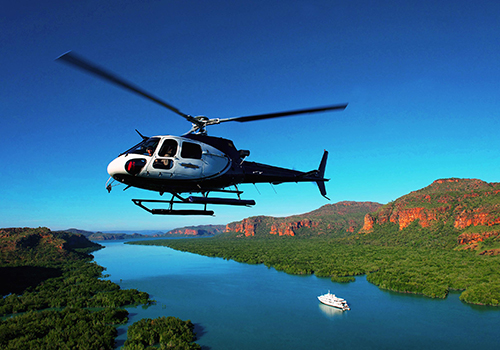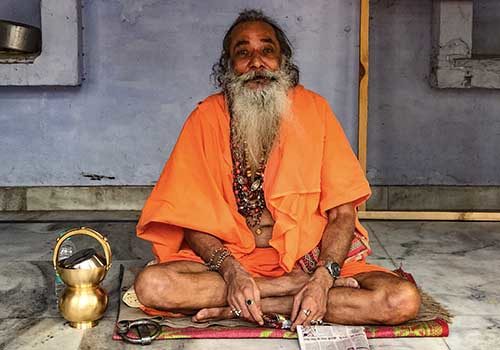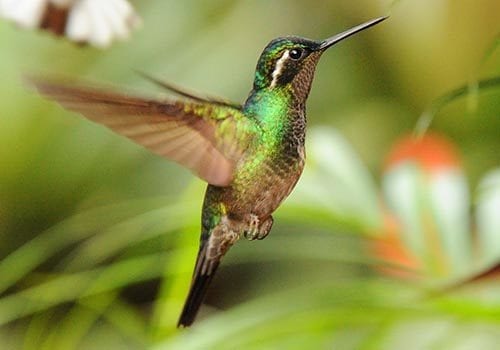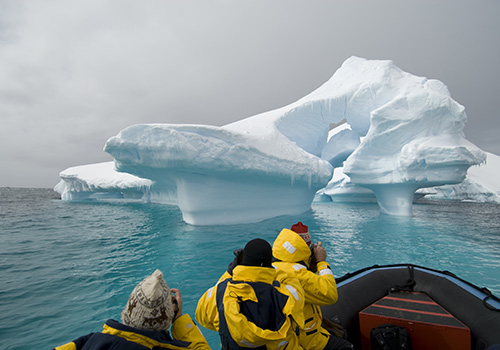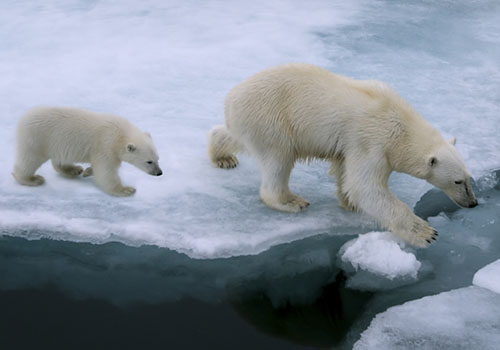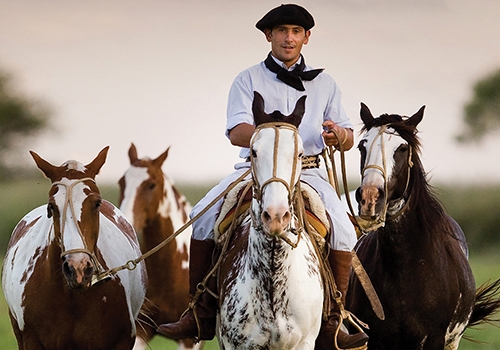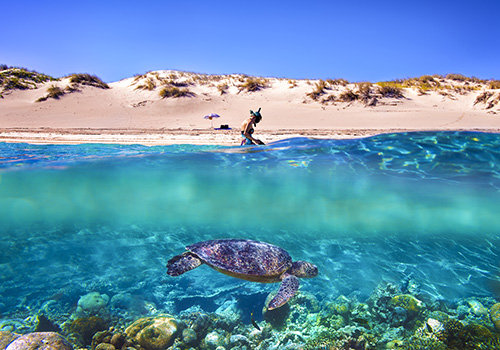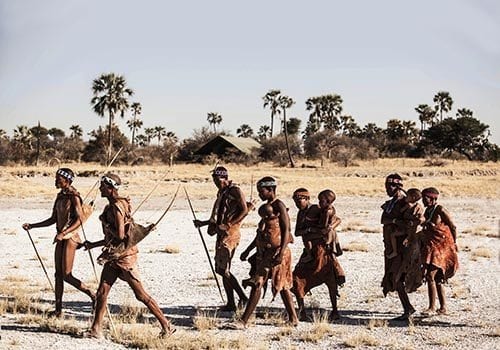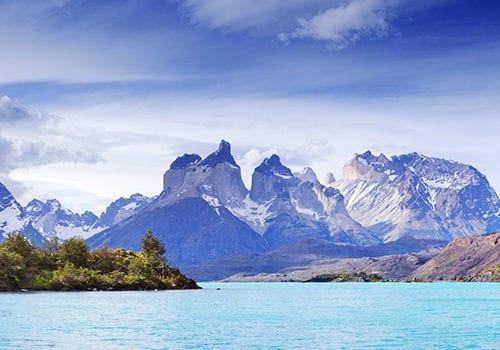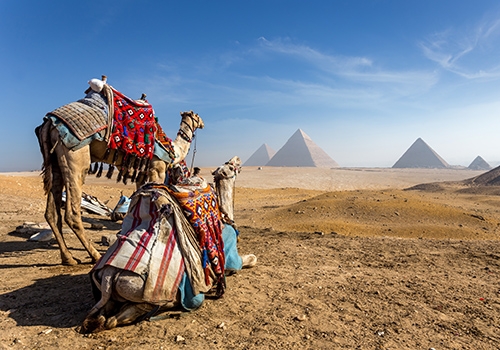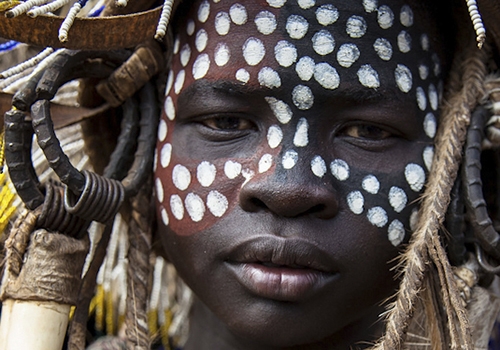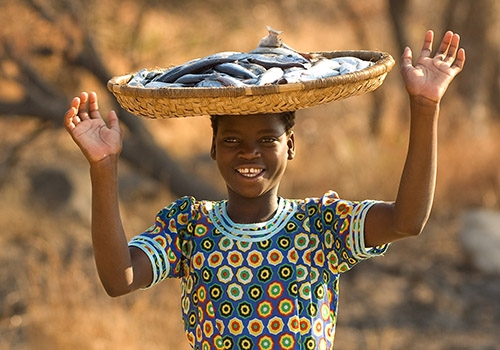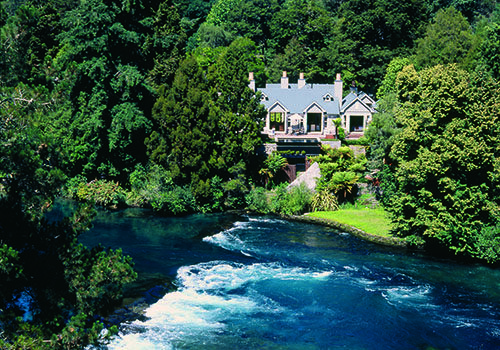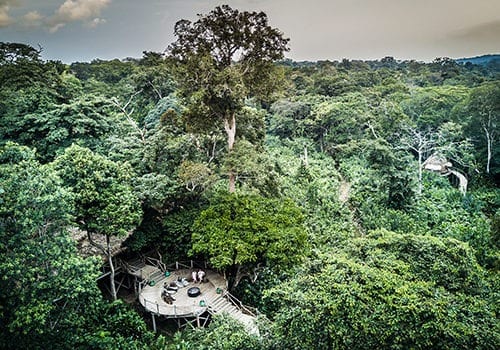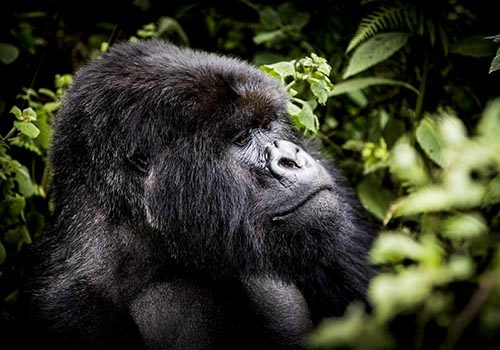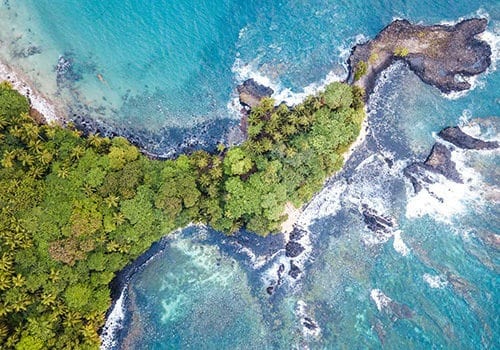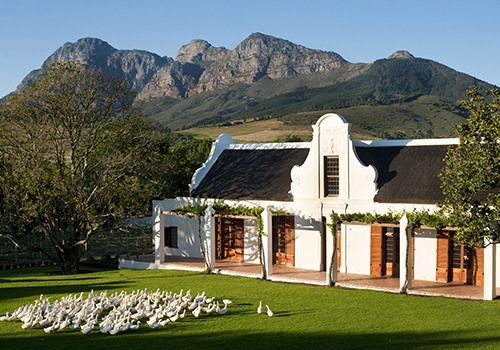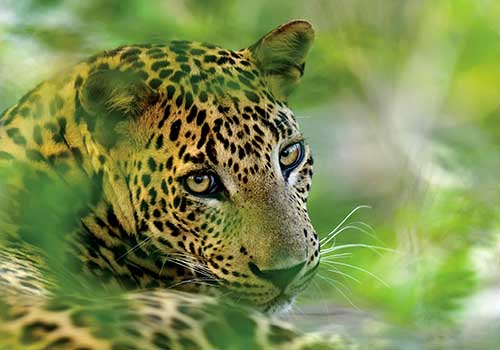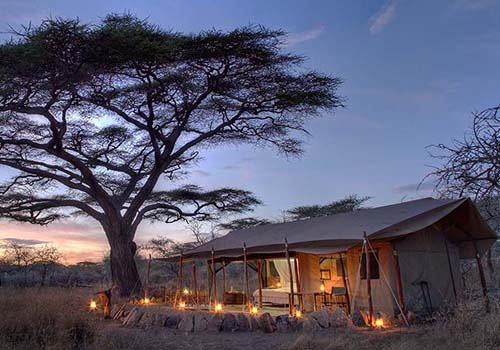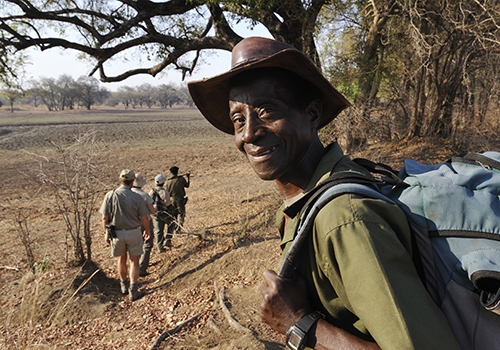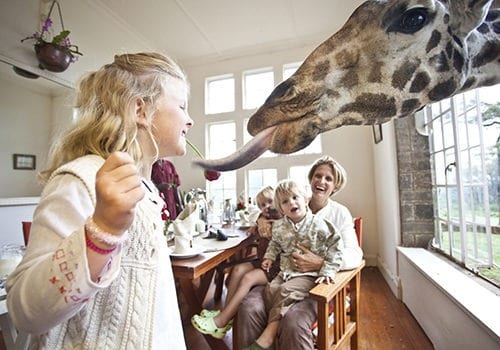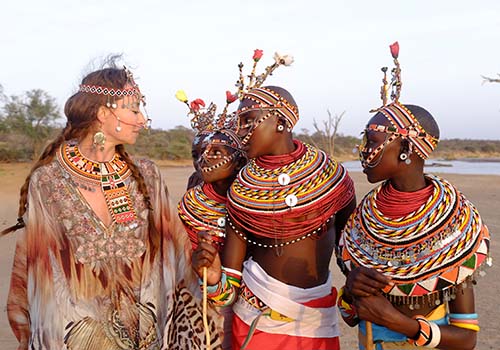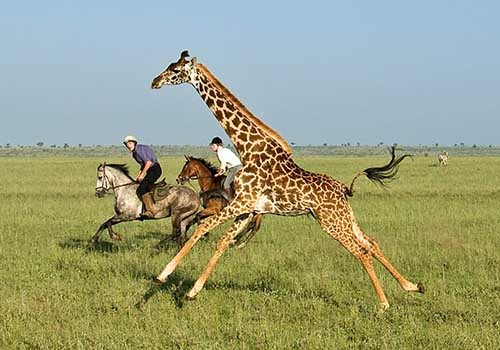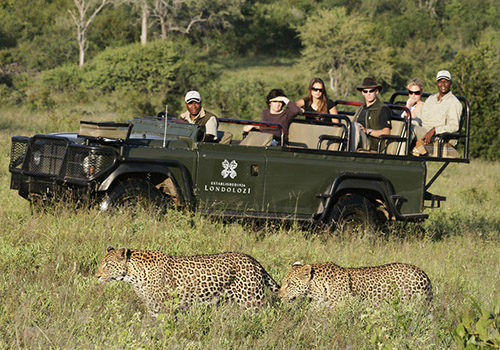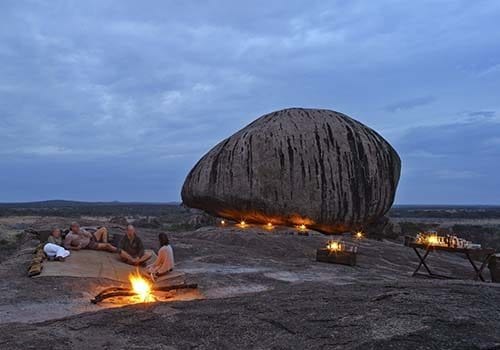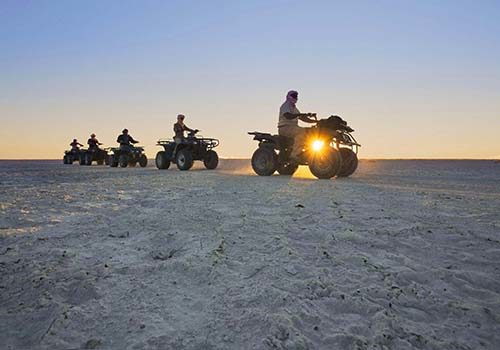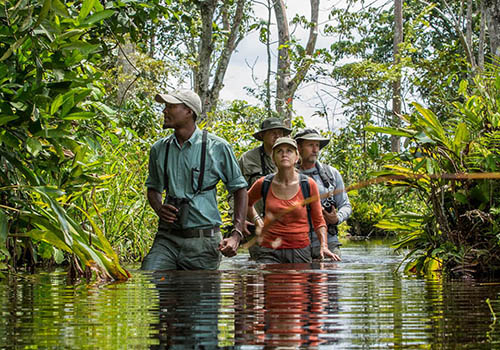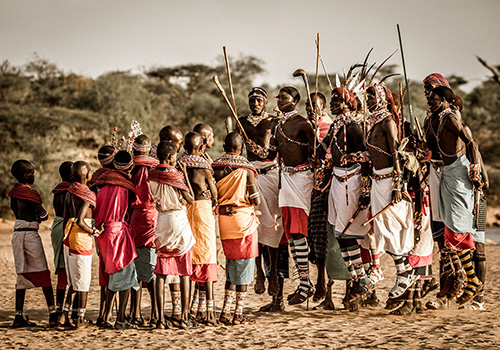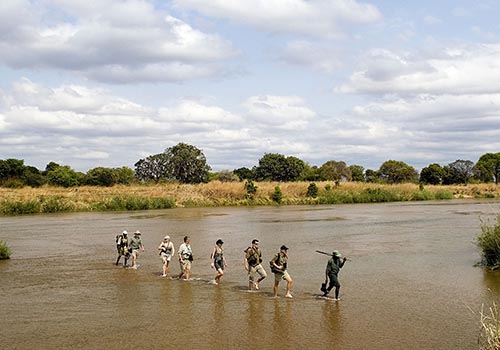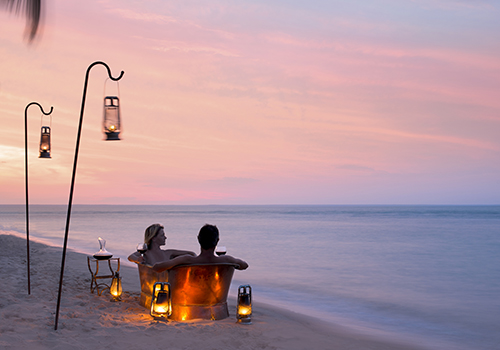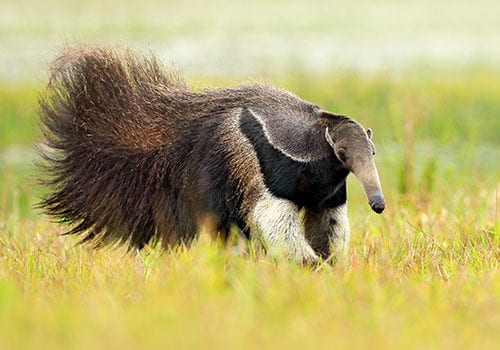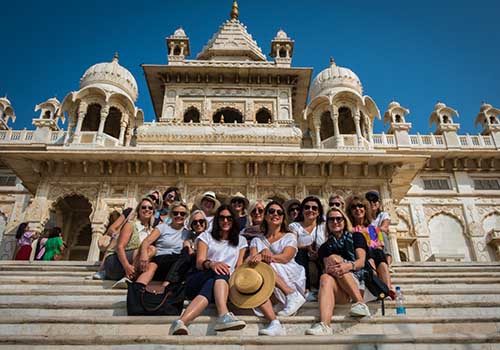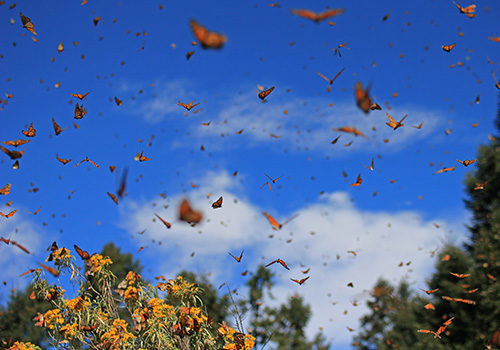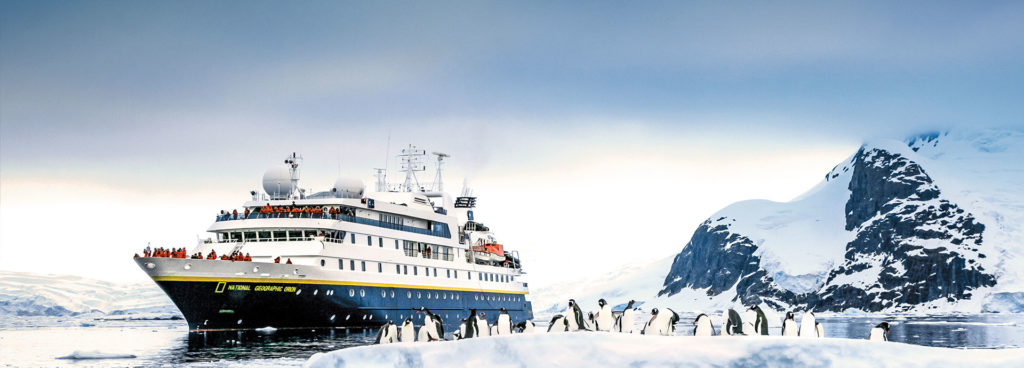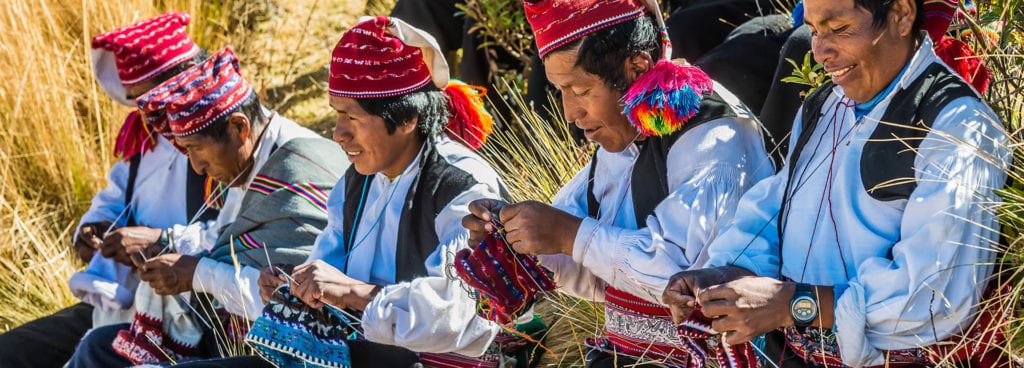DISPATCHES FROM EXOTIC LANDS
When it comes to African wildlife safaris, a Serengeti tour is top of many peoples’ lists, and for good reason. The Great Migration of wildebeest has put it on the map as one of the best-known safari destinations in Africa, but even without witnessing millions of hooves thundering across the plains, the density of resident wildlife is so spectacular that most visitors wouldn’t think twice about the fact that the migration wasn’t in town. However, this supreme wildlife, and the fame it brings, isn’t without its cost. Certain hotspots in the Serengeti can gets supremely busy, and this can compromise the experience for those who picture a tranquil, remote wilderness experience.
If you’re interested in a Tanzania safari that ticks all the boxes but doesn’t draw a crowd, we suggest you consider one of these lesser known destinations instead…
Tarangire National Park, northern Tanzania
Tarangire National Park is just two hours’ drive from Arusha, and is often visited alongside the Serengeti or the Ngorongoro Crater as part of the ‘northern circuit’. However, it receives just a fraction of the number of visitors, and this is surprising since in dry season, when the Silale swamp is the only source of water for miles around, it is home to the highest concentration of mammals in the country! In addition to herds of elephants that are hundreds-strong, visitors can expect to see good numbers of lion and leopard, plus wild dog, and rare antelope species such as the gerenuk.
Recommended stay: 3 nights
Where to stay: Little Chem Chem – Tarangire National Park | Oliver’s Camp – Tarangire National Park
Pair with: the Serengeti or the Ngorongoro Crater
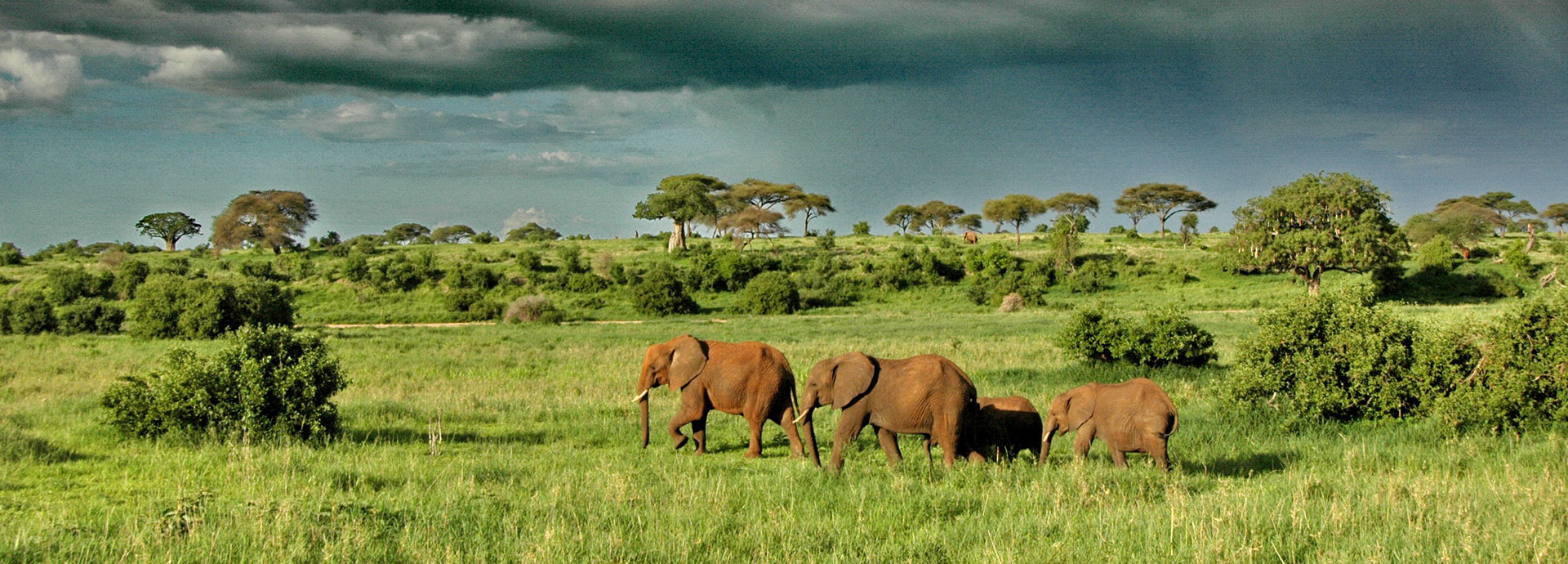
Katavi National Park, western Tanzania
Katavi is remote – almost five hundred miles west of Aursha – and it takes time to get there. As a result, very few travellers have the time or inclination to make the journey and it receives vanishingly few tourists. The wildlife is wild and relatively unhabituated to humans which makes the safari experience very authentic. Immense herds of buffalo meander across open, shimmering plains and elephant, lion and leopard are all present in healthy numbers. In the dry season hundreds of hippos congregate in heaving, grunting masses as water sources diminish and crocodiles are known to aestivate (enter a state of hibernation or dormancy) en masse in river bank caves during hot, dry periods which is a rare behaviour not often observed outside of Katavi.
Katavi is not easy to reach, but those who enjoy rugged safaris in untouched corners of Africa will appreciate the pioneer style of travel here.
Recommended stay: 3 nights
Where to stay: Chada Katavi – Katavi National Park
Pair with: the Mahale Mountains
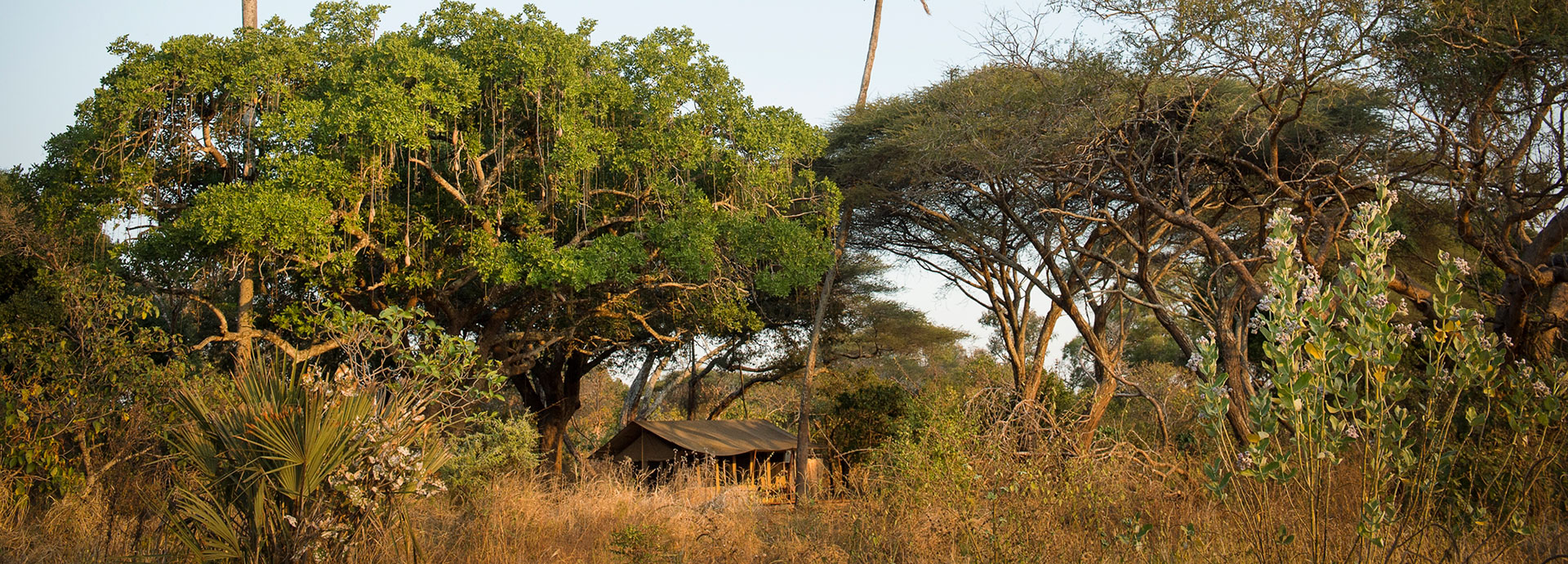
Mahale Mountains, western Tanzania
If you are making the effort to travel west, it makes sense to team Katavi with a visit to the Mahale mountains – the two pair beautifully. The Mahale Mountains National Park sits on the shores of Lake Tanganyika, amidst lush forests and pristine powder white beaches, where you’ll find Robinson Crusoe style lodgings at the jungle-chic Greystoke Mahale lodge. The draw here is chimpanzees, hooting and swinging through jungle that is scented with wild jasmine and punctuated by bright blue butterflies flitting through the dappled light. The chimpanzees here have been studied by researchers since 1965 and this means that although they are 100% wild and their behaviour is not influenced by humans in any way, they are very relaxed in the presence of humans, and this makes for extraordinary encounters.
The Mahale Mountains are very far from civilisation, but the very best places on Earth usually are!
Recommended stay: 4 nights, possibly longer if you want to do multiple chimpanzee treks as well as visit community projects and take time to really relax into beach life.
Where to stay: Greystoke Mahale – Mahale Mountains
Pair with: Katavi National Park
See also: Rubondo Island – Lake Victoria as an alternative chimpanzee destination in Tanzania.
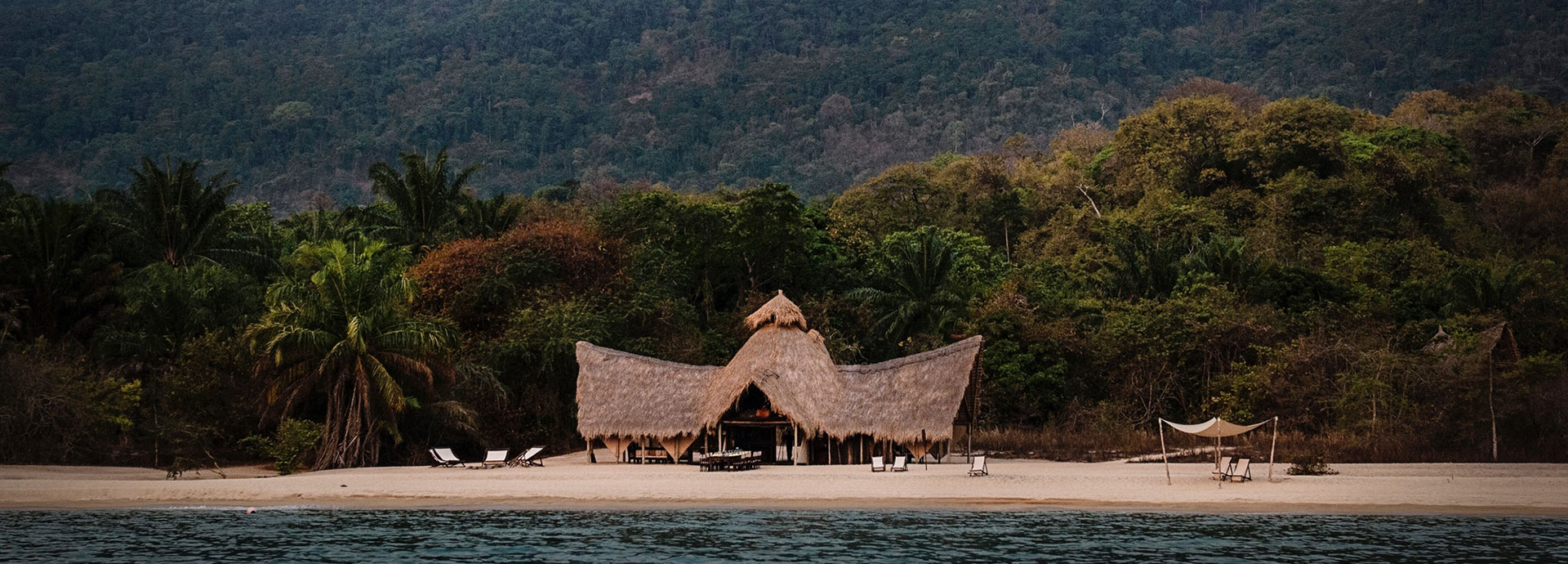
Ruaha National Park, southern Tanzania
Ruaha is famous for its mighty baobab trees, some aged at hundreds, possibly thousands, of years old. They stand as sentinels in a hot, dry, wild landscape, making for spectacular photographic opportunities, especially during the rains (February to April) when wildflowers pop up across newly verdant grasslands.
Wildlife in Ruaha is certainly present, with big herds of elephants see digging for water in the dry river beds, plus leopard, lion, wild dog and hyena all well represented, but close encounters aren’t around every corner as they are in the Serengeti. Instead, you get a tremendous feeling of anticipation when heading out on a game drive in an open vehicle, and the quality of the guiding here ensures that every foray into the bush feels like your first. The excitement of game viewing here captures the spirit of safari at its most authentic.
Recommended stay: 2 or 3 nights
Where to stay: Kigelia Ruaha – Ruaha National Park for a small, exquisite bush camp experience or Jabali Ridge – Ruaha National Park for design-led luxury.
Pair with: Nyerere National Park

Nyerere National Park (formerly Selous Game Reserve), southern Tanzania
Nyerere National Park (formerly the Selous Game Reserve) is vast – roughly the size of Switzerland – but has just a handful of camps meaning it’s highly unlikely you’ll see another tourist. As a UNESCO World Heritage Site it is highly protected and its 5 million hectares of miombo woodlands, open plains and wetlands support an astonishing diversity of live. Wildlife isn’t as habituated to humans as it is in highly touristed areas like the Serengeti, which means spotting it can be more difficult, but this keeps the experience unpredictable, exciting, and highly rewarding when you have a breathtaking sighting all to yourself.
The real draw of Nyerere is the diversity of game viewing activities. The great Rufiji river provides sport fishing for tiger fish, peaceful boating safaris and some of the best wild dog sightings you could wish for as they frolic and hunt on the open flood plains. Game drives – both day and night – will give you goosebumps, and the fly camping set up from Sand Rivers is a real ‘back to basics’ experience that sees guests sleeping under a simple mosquito net, completely at one with nature.
Recommended stay: 4 nights
Where to stay: Sand Rivers Selous – Selous Game Reserve
Pair with: Ruaha National Park


We are a bespoke travel company offering luxury holidays and African safari small group tours to some of the world’s finest wilderness destinations.
Contact us today to start planning.

